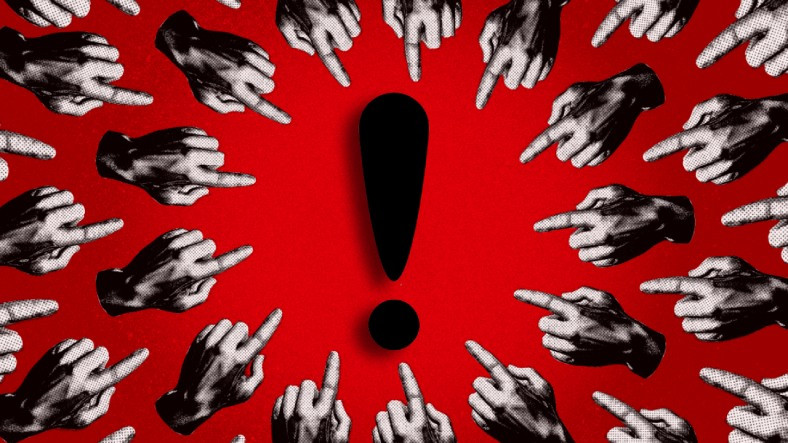There are numerous studies examining the positive and negative effects of social media on us from different perspectives. The fact that we cannot deny is that social media has become an indispensable part of our lives. Since quitting is not an option for the majority of the human population, the remaining option is: learn to use…
At this point, at the beginning of the issues on which the most consensus has been reached, The way and effects of sharing content such as murder, violence and suicide coming. This content, which poses a major threat to public health, is more than any of us can imagine. affects much more and much worse. But why, how?
Saying ‘it’s only video’ could even kill you or someone else

You might think I’m exaggerating. Unfortunately, research shows the opposite. It would be more accurate to examine each substantive topic individually to better understand its effects, but to give a brief introduction; Violence, suicide and murder scenes and news that spreads unchecked use these concepts. normalizes, makes it ‘contagious’ and in many cases it becomes a trigger.
Let’s start with violence…
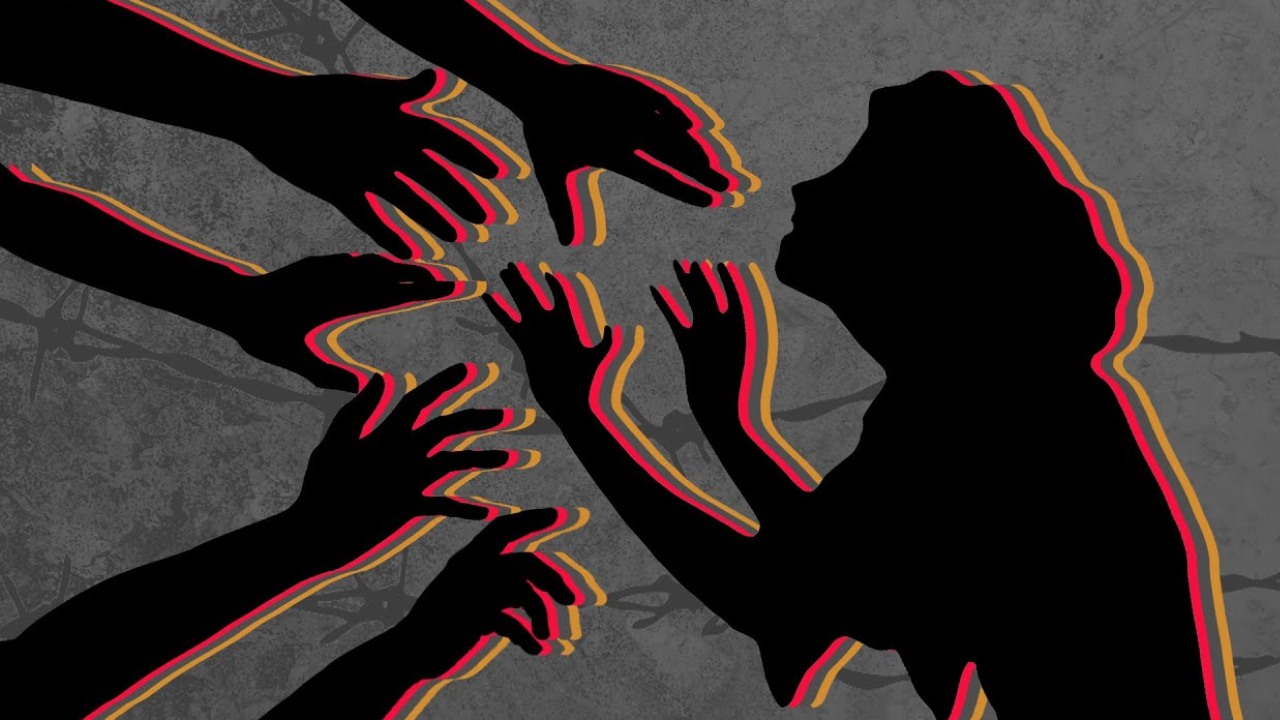
Many studies over the years have proven time and again that violent images and ‘detailed’ news have a huge impact on both children and adults. The points highlighted in these studies are the following;
- Viewing images of violence is directly related to increased aggression, depersonalization of violence and fear of crime.
- Violent content, while not the only reason, influences the propensity for violent crime.
- Some people tend to imitate what they see in violent videos.
- Images of violence can reinforce the behavior of people who are already aggressors.
- There is a two-way relationship between viewing violent images and violent behavior; those who are prone to violence are more likely to view images, and those who view violent images are more likely to display aggressive behavior.
- Especially in children, the images of violence influence the feelings of depersonalization, tendency to violence and fear of the outside world much more.
- In addition to all these negative effects, the effect of all other social, cultural and environmental factors on violent behavior is of course greater than the content of violence. However, the impact of the content is too great to underestimate.
In short, this is what we see and normalize every day, and we see no harm in watching and sharing. Images provoke violence. For this reason, we must stop being part of the sharing and dissemination chain.
Also a job ethical side consists. For example, if we share and distribute images of a child being exposed to violence, we make sure those images are always there. This means that the child who is the victim of violence will live for the rest of his or her life. it increases the chance of encountering the images and remembering the trauma over and over. Likewise, there is the possibility that the trauma of another victim of violence is repeated through images.
Suicide is much more dangerous
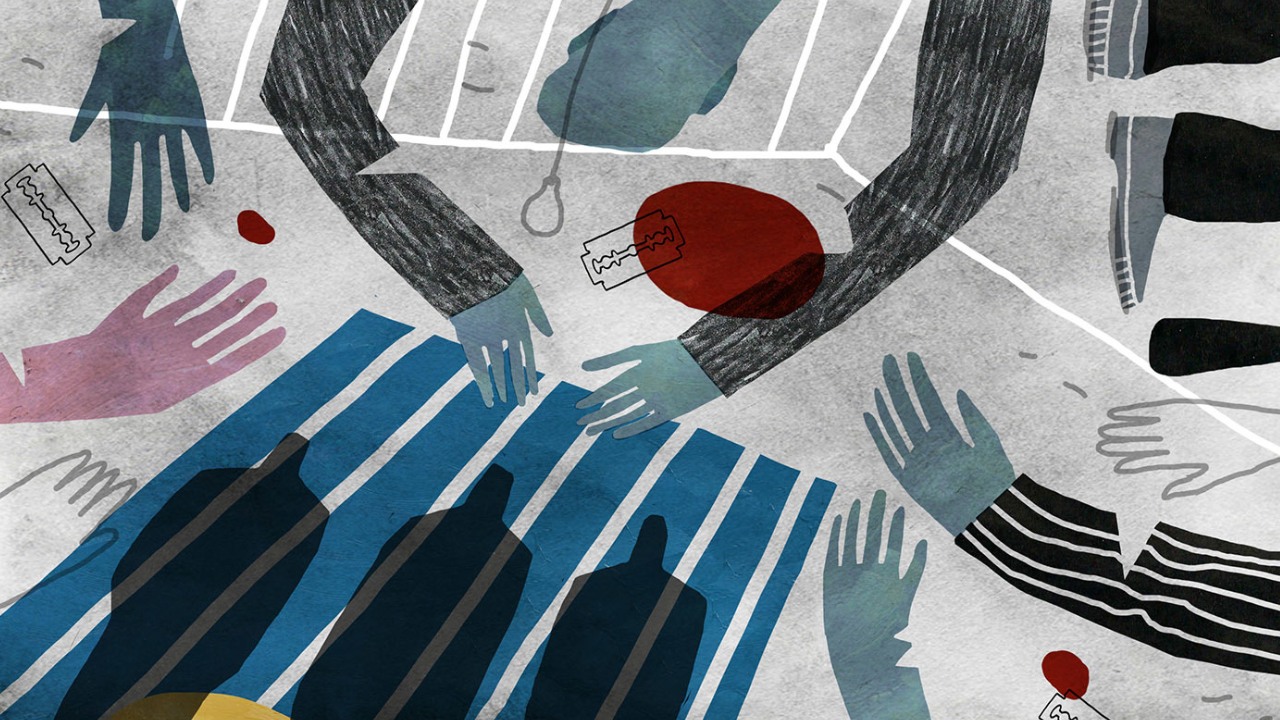
The decision of people to voluntarily end their life and its execution. This is the simplest definition of suicide. But when it comes to suicide, alone It is not correct to continue with ‘someone who commits suicide’. Suicide has many social, cultural, economic and psychological aspects.
By sharing a suicide video on social media, RTing a suicide news with details or adding it to our story We too are part of this cycle.. The story of how is quite impressive and shocking.
There are those of you who have read or at least heard of Goethe’s famous work The Sorrows of Young Werther, a German literator, politician, naturalist and painter. In this work, Goethe describes a love affair that eventually leads his character, Werther, to suicide. The effects of the work are unfortunately quite bad. The readers of the book begins to commit suicide by imitating said suicide. The huge increase and prevalence of suicide cases is causing controversy and the book has even been banned in many places.
This is a situation that masquerades in the literature as ‘fake suicide’. Emulation of suicide by people and especially what they see in media content Attempts to implement suicide scenarios, It is a sad truth, supported by many cases. There are cases in our country that can be shown as proof of this…
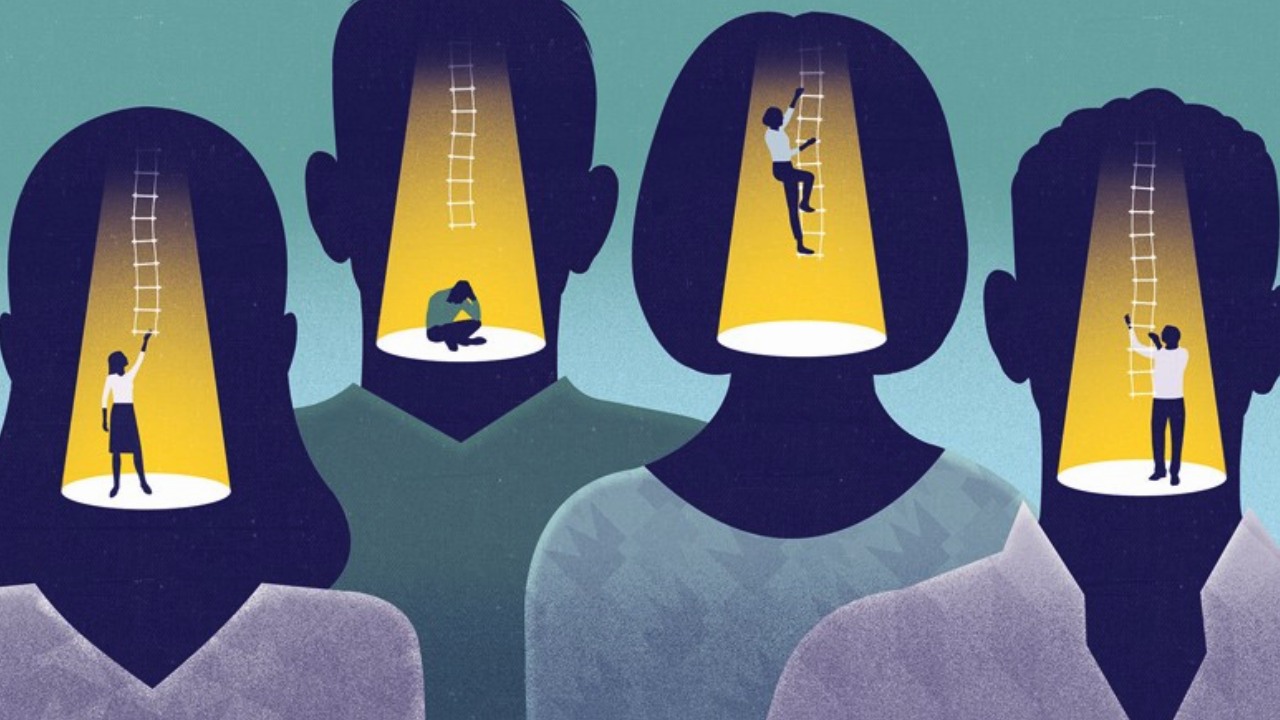
In fact, many of the items we mentioned are valid for violence, especially in the case of depictions of suicide. But a bigger problem the way suicide news and images are presented. Think of all the suicide news you see on social media; ‘Striking’ titles like ‘He couldn’t bear the pain, he committed suicide’ and satisfied with elaborate explanations; As if that weren’t enough, photos and videos added to those texts from time to time can create a perception that presents suicide as a solution to a problem.
Also as ‘He killed his family first and then himself with cyanide’. Content giving the suicide method on the other hand, it guides those who are looking for a way to commit suicide.
The essence of the work; Suicidal images and content cause this behavior from time to time. romanticize it by making it ‘literary’ and places it as an option in people’s subconscious minds. Therefore, everyone should take their own responsibility to prevent the dissemination of such images.
Finally, the ethical aspect that we mentioned in the chapter on violence is also valid here. In the suicide news Without mentioning the name, not giving the way of death, the fact that this news leads the readers to the positive by approaching the suicidal thoughts in a solution-oriented way. needs. There is even a “suicide news” guide published by the World Health Organization with many such details.
While murder scenes have similar effects to violence, trauma is added to the effects on the viewer.

Murder videos are content that you can find literally all over social media. Moreover, as with videos of violence and suicide, they too It is spreading at an alarming rate. Even if you don’t want to see it, it can appear in front of you out of nowhere.
Studies conducted on this topic not only explain the effects of these videos with some aspects similar to their violent content, but also draw attention to another point; People who look at these images experience higher levels of trauma than those who see them in real life.
A study on this topic has shown that people watch videos of events involving murder or mass deaths. stress levels increased much more than those who witnessed the event, sleep problems and behavioral disorders to paranoia show that it is possible.
In addition, while the victim is presented as a “weak victim” in the murder videos and the news, the reasons for the perpetrator’s motivation are listed by list. ’cause and effect’ language can be used. This too by normalizing homicidal behavior It ensures that it becomes a solution for people who experience similar situations.
As result…
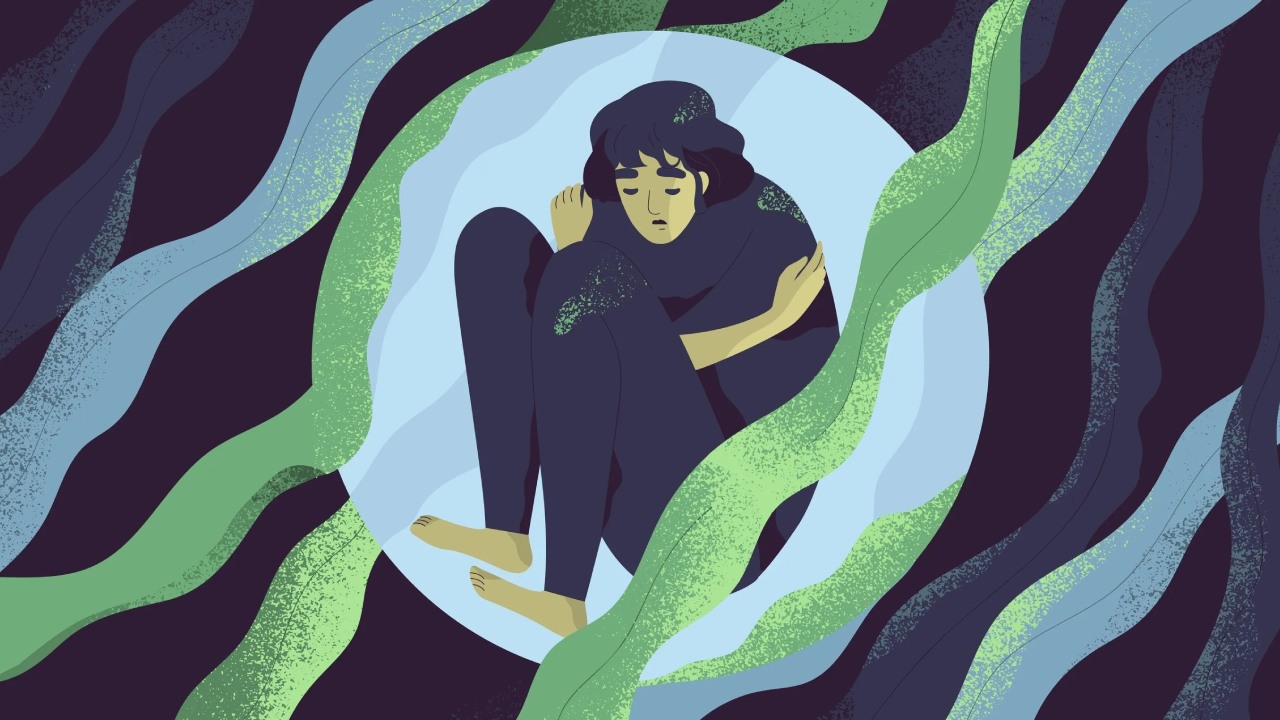
If you watch a video of suicide, violence or murder, or open photos and look at them over and over, you may have said ‘I don’t care’. However, human psychology does not look at ‘ideas’. Even if it didn’t impress you, circulating that video may attract someone else. drove him to suicide or made him the victim of a murder.
We are both the producer and consumer of all content available on social media. And by acting with this awareness, we must ensure that we protect both ourselves and everyone around us.
Sources: reportingonsuicide.org, BMC (Biomed Central), Media Roles in Suicide Prevention: A Systematic Review, American Psychological Association, A Study on the Relationship between Violence Desensitization and Social Media







